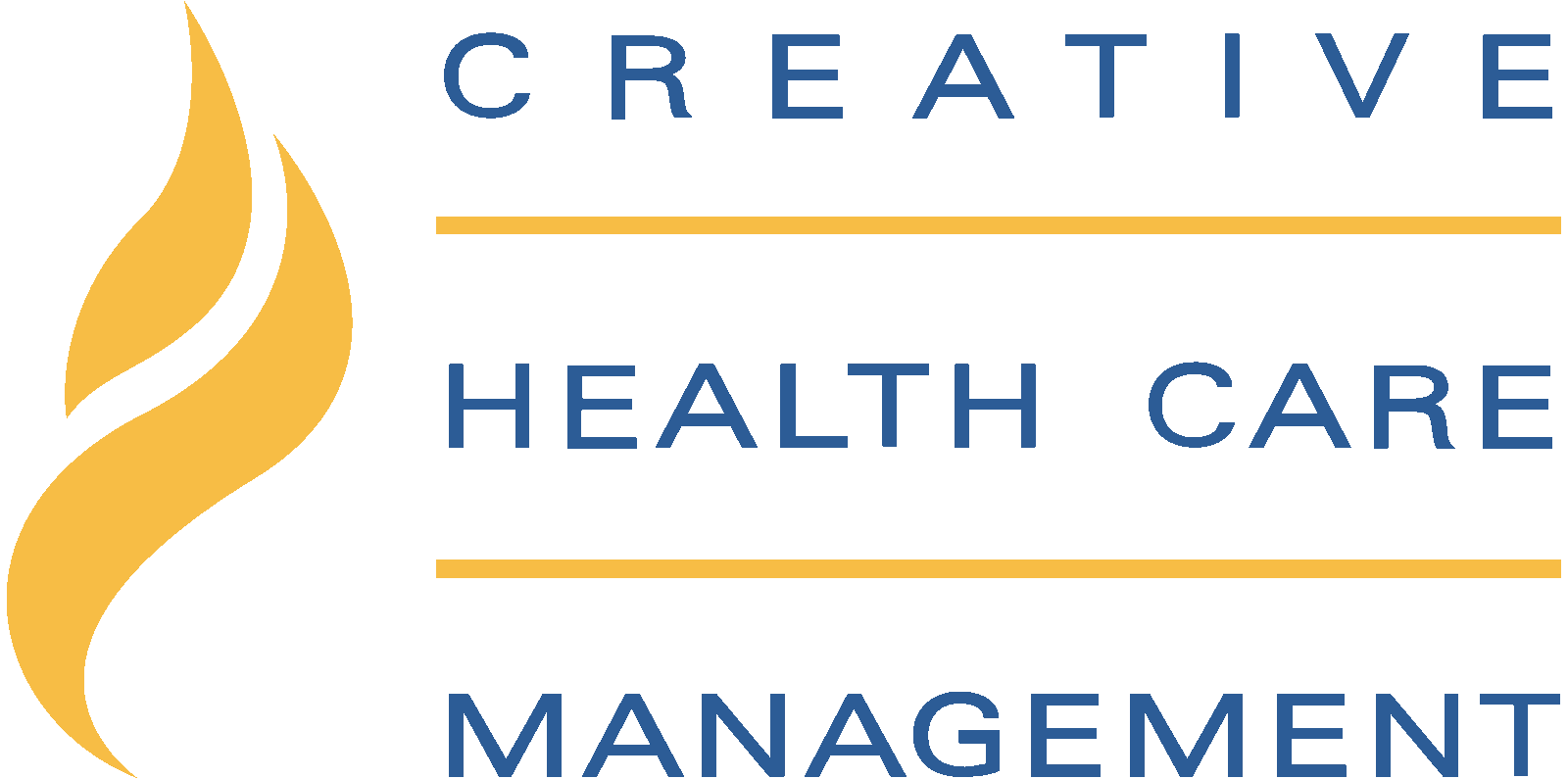Shared governance councils are an excellent venue to empower and engage those at the point of care in decisions that impact their practice and the practice environment. Empowered councils do not merely give input or make recommendations, they are given (and accept) the responsibility, authority, and accountability to MAKE DECISIONS.
Facilitate Successful Decision Making
To facilitate successful decision-making, leaders must clearly articulate any criteria or guardrails that a decision must adhere to. This may include things such as the budget, approved vendors, policies, timeline, and any other important parameters that the decision must fit within. When teams are empowered to make decisions, it’s important for everyone to understand HOW those decisions will be made. How will councils, often comprised of individuals with varied perspectives, interests, experiences, and roles, arrive at a mutual decision that everyone will support?
Decisions for the Greater Good
First and foremost, individual council members need to understand and agree that they are making decisions for the greater good; that they are representing their organization, department, unit, or service line. This is an important concept for everyone to understand so that decision making occurs through a larger, representative lens as opposed to a narrow, personal lens.
Second, there needs to be an established process for making decisions. One decision-making method that is often observed among councils is voting. Council members vote on various proposed solutions and the solution with the most votes “wins”. The challenge with making decisions through voting is that not all council members may support the decision. Any concerns or hesitations may not have been adequately discussed or considered. When a council votes, inevitably there will be some who support the decision and some who do not. Council members who don’t support the decision may struggle to gain the engagement and buy-in of others when they themselves have hesitations. Councils may experience challenges implementing and/or sustaining decisions made through voting.
Consensus Decision Making
The decision-making method that we advocate for at Creative Health Care Management is consensus. Consensus is a process whereby council members work together to find a mutually acceptable solution that all team members will support. It is group solidarity in sentiment and belief, an in-general agreement, and collective opinion. For shared governance councils, solidarity in decisions among council members is crucial. It doesn’t mean that it’s everyone’s favorite decision, but it does mean that everyone will support it. Arriving at decisions through consensus leads to enhanced decisions, smoother implementation, and improved relationships.
To facilitate consensus decision-making, council members must be well-trained in consensus, be willing to be open and honest with each other, engage in dialogue about the proposed solution, suspend judgement, and actively listen to each other. Large group sizes can make this challenging (but not impossible), so it’s important to be mindful of council size when determining the ideal council composition. Councils may also benefit from having a skilled facilitator attend their meeting to ensure that everyone’s voice is heard during the decision-making process.
Council Members Trained in Consensus
Some ground rules to consider when making decisions using consensus include deciding on one subject at a time, seeking an opinion from every member, and avoiding a show of hands (this is just another way of voting). Council members must understand the importance of speaking up and engaging in discussion with each other. Once members are trained in consensus, silence equals agreement AND support. Therefore, it is important for members to express any concerns, share ideas, and offer alternatives if they disagree with a proposed solution.
The group has reached consensus when every member can say these three things:
- I believe have been heard.
- I can live with this decision.
- I will support this decision.
If a group is struggling to reach consensus, it’s important to understand WHY. What is getting in the way of each member being able to state those three things? A member(s) may need more time to research a topic, talk to their peers, involve a subject matter expert, or other reasons that may need further exploration before consensus can be reached. It’s important to understand that consensus decision-making will take more time than voting. You’ll want to be sure to allocate sufficient time on the agenda for meaningful discussion and have a process for tabling the discussion including any necessary follow up between meetings.
Summary
Remember, consensus decision-making takes practice and attention to the process. Teams that have recently formed, or have new members, will take longer to make decisions. A facilitator can be very helpful as councils learn consensus decision-making. If facilitators are used, be sure they are trained in consensus and the art of facilitating shared governance councils.
To learn more about consensus decision-making, how you can support your shared governance councils, or any aspect of your journey to excellence, please contact Amber Orton at aorton@chcm.com
References:
Guanci, G. & Medeiros, M. (2018). Shared governance that works. Minneapolis, MN: Creative Health Care Management, Inc.
MAGNET®, Magnet Recognition Program®, ANCC Magnet Recognition®, Journey to Magnet Excellence®, Pathway to Excellence® Program, Pathway to Excellence in Long Term Care®, Demographic Data Collection Tool®, DDCT®, Practice Transition Accreditation Program® (PTAP) are registered trademarks of the American Nurses Credentialing Center (ANCC). The products and services of Creative Health Care Management are neither sponsored nor endorsed by ANCC. All rights reserved. The content presented in here is the expressed opinion of the author/presenter and not that of the American Nurses Credentialing Center (ANCC).
Amber’s deep understanding of data, attention to detail, and drive for creating a culture of excellence offers her clients a strong advantage. With her impressive background as a clinician and leader within a large health system she knows how to motivate others and unlock the potential in individuals and teams. Her work in engaging and leading teams through the strategic planning process by aligning organizational goals with unit and department goals has led to staff understanding of the big picture and collaborative relationships with those from the point of care to those in executive suites.





